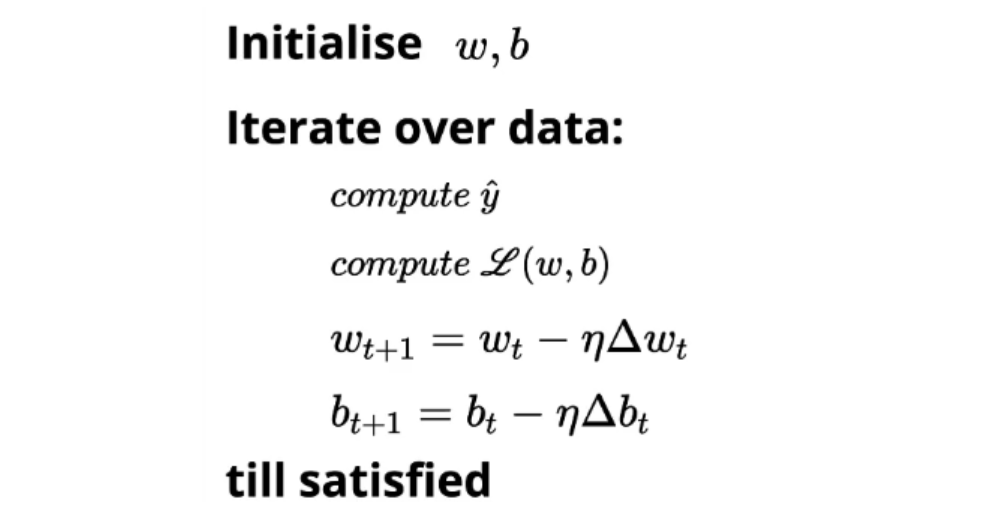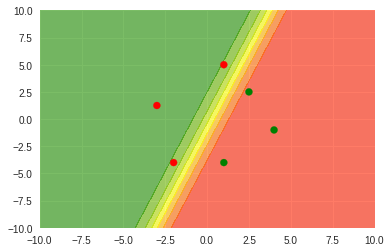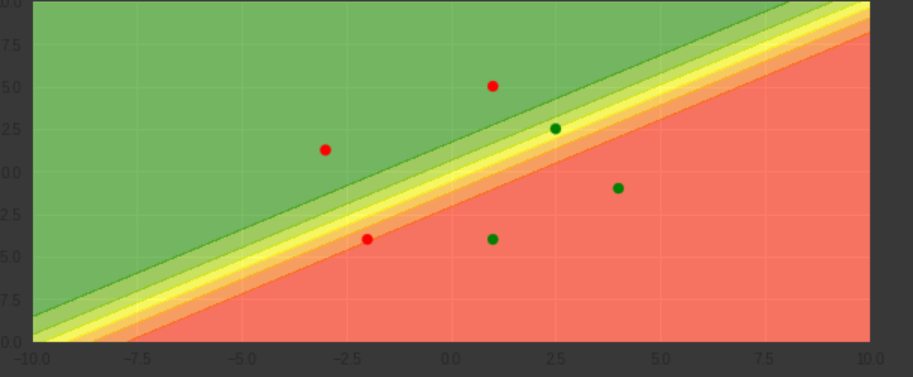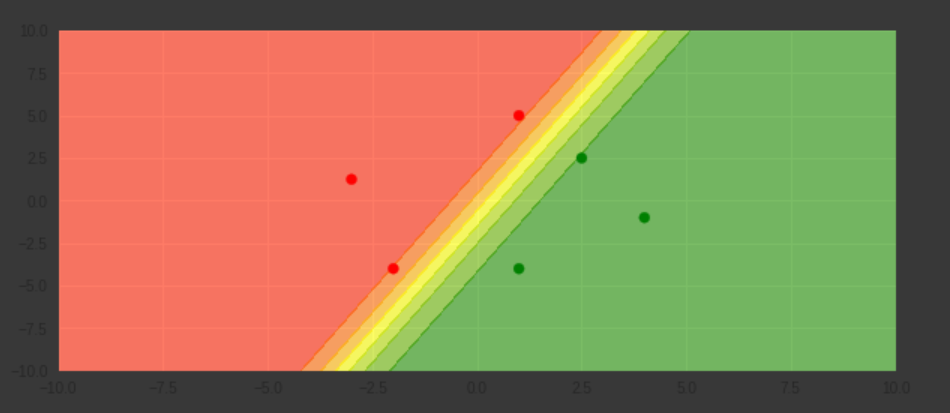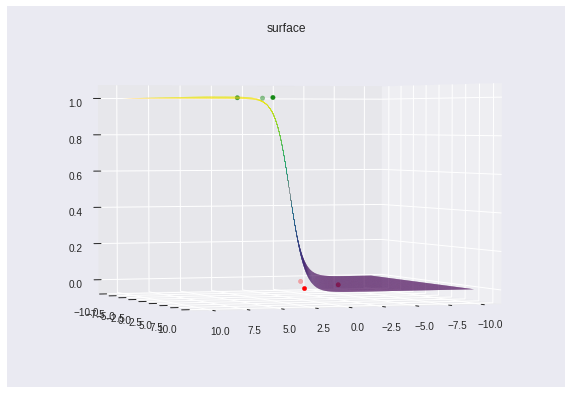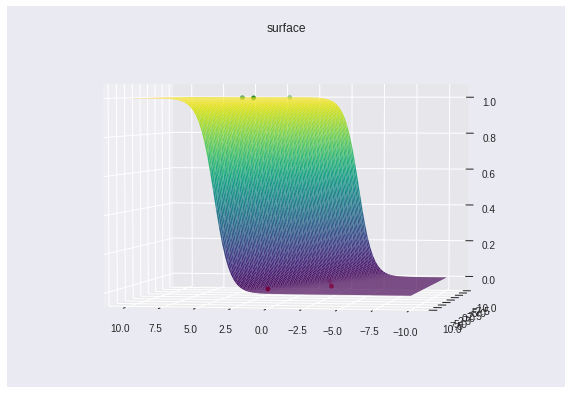Latest news about Bitcoin and all cryptocurrencies. Your daily crypto news habit.
Intuition of Model
Activation Function
Let’s first understand the basics of the Sigmoid model before we construct it. As the name suggests the model revolves around the sigmoid formula, which can be represented as:
Our sigmoid formula comprises of the following parameters:
- X: the features of the dataset
- W: the weight vector corresponding to X
- B: the bias
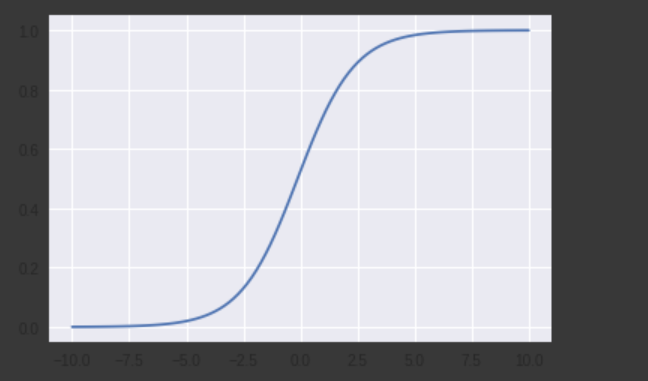 Sigmoid Curve 2D
Sigmoid Curve 2D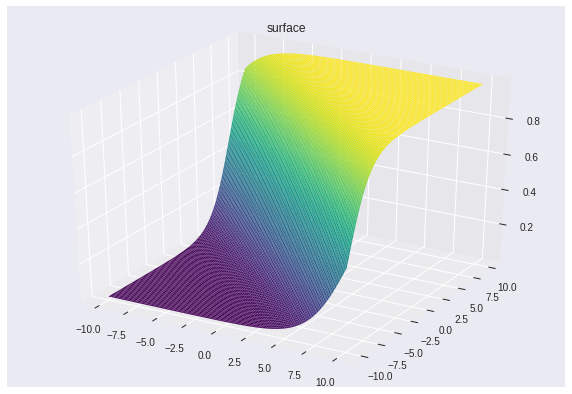 Sigmoid Curve 3D
Sigmoid Curve 3D
The property of the sigmoid curve ( value ranging between 0 and 1 ) makes it beneficial for primary regression/classification problems.
Loss Function
Since we will be dealing with real values for this visualization, we will be using Mean Square Error as our loss function.
The gradient for gradient of “w” can be calculated as:
Code
Let us start with importing the libraries we need. Here is some (in-depth) documentation for animation: Animation, Simple animation tutorial
Now let's list the components that our SigmoidNeuron class will comprise of
- function to calculate w*x+ b
- function to apply sigmoid function
- function to predict output for a provided X dataframe
- function to return gradient values for “w” and “b”
- function to fit for the provided dataset
Some important points regarding the class:
- Our objective is a visualization of the training, and change for each input is to be recorded. Hence no iteration through the dataset is added in the “fit” function.
- We can initialize “w” and “b” to any random value. Here we have initialized to a specific float as it provides us with the most unfit scenario for the model.
Our next step will be to create a sample dataset, create a function that will produce contour plots and create a loop to provide a dataset to the model over time.
Some resources : Mycmap , meshgrid , subplots , contourf,
Now finally we receive 120 plots that depict the training.
All 120 plots can be found here.
Our last step is to create an animation for the training.
Final result
Thank you for reading this article. The complete code can be found here.
Constructing a Sigmoid Perceptron in Python was originally published in Hacker Noon on Medium, where people are continuing the conversation by highlighting and responding to this story.
Disclaimer
The views and opinions expressed in this article are solely those of the authors and do not reflect the views of Bitcoin Insider. Every investment and trading move involves risk - this is especially true for cryptocurrencies given their volatility. We strongly advise our readers to conduct their own research when making a decision.

